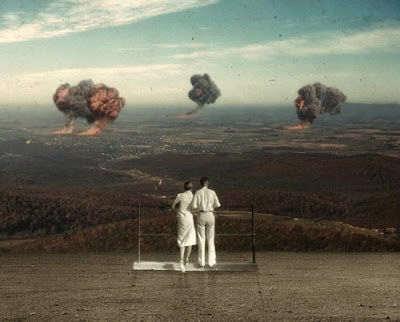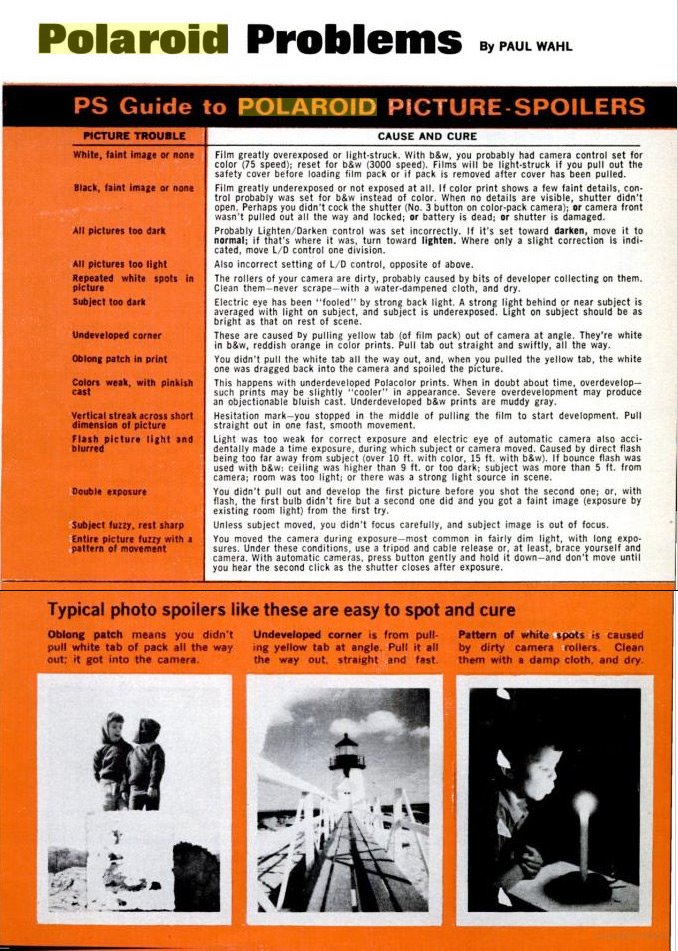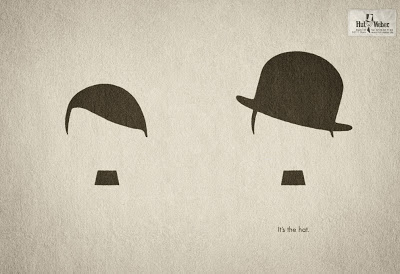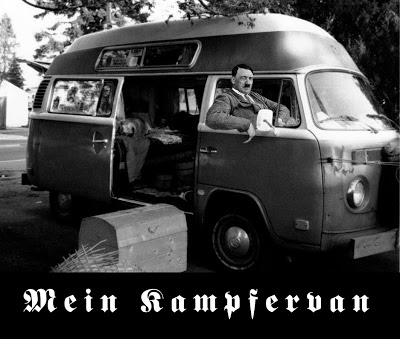Ludwig Meidner: Precursor of the modern Post Apocalyptic Artist
Posted by vonnagy on Jul 21 2009
Ludwig Meidner was an artist famous for his Apocalyptic Landscapes that seem to prophesize horrors of the first World War. From Wikipedia:
Ludwig Meidner (Bernstadt, Silesia, 18 April 1884 – Darmstadt, 14 May1966) was a German expressionist painter and printmaker. He was apprenticed to a stonemason, but the apprenticeship was not completed. He studied at the Royal School of Art in Breslau and, from 1906-07 at the Julien and Cormon Academies in Paris where he met and became friends with Amedeo Modigliani. He returned to Berlin to work as a fashion illustrator and produced realistic if uninspired views of Berlin.In 1912 he began a series of paintings which marked a radical departure in style and would make his reputation. The “Apocalyptic Landscapes” anticipate the horrors of the first world war by several years. The series, produced rapidly in a hectic heatwave, are some of the purest “expressionist” works, portraying the terror of the modern city in catastrophic settings; comets cross the sky like canon shells, fires rage, men scream and flee for their lives, buildings totter on the edge of collapse. Meidner would however never repeat the intensity and creativity of the apocalyptic landscapes.After the first world war his art turns to producing religious paintings including a long and repetitive series of portraits of “prophets”. He is a habitual self portraitist producing a remarkable series of Rembrandt inspired self portraits that provide a vivid illustration to his passing years. His portraits from 1915 to the end of the 1920s are a gallery of the leading expressionist and Dada writers and poets. Meidner himself increasingly turned to writing – he produced several books of dense expressionist prose and contributed to many newspaper articles.In 1939 he fled with his family to England (his wife Else Meidner was also an artist) where he was interned as an enemy alien on Isle of Man. He stayed in England, unrecognised, working in odd jobs until 1953 when he returned to Germany. In 1963 he had his first major exhibition since 1918 in Recklinghausen and Berlin. He died on 14 May 1966 in Darmstadt, aged 82.
Some links:
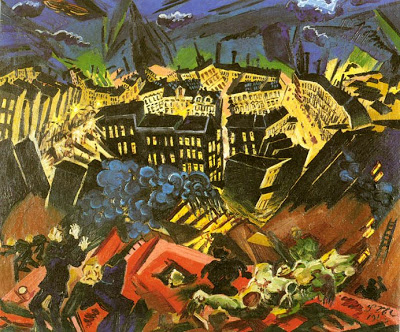
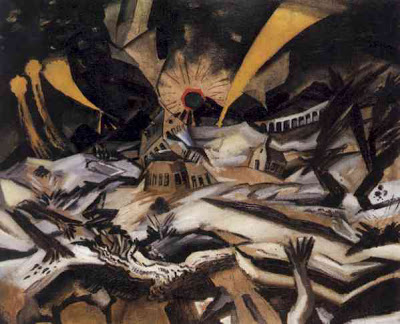
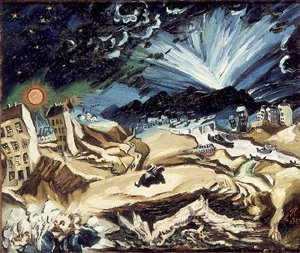
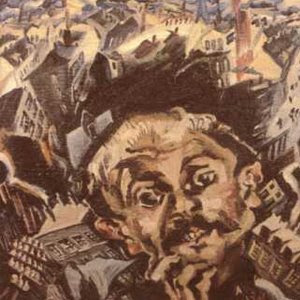
Polaroid Picture Taking Tips – from Popular Mechanics
Posted by parahanga on Jul 20 2009
Here is another diagram for taking Polaroids, from Popular Mechanics:
Here are some of trouble shooting topics:
- Light Image
- Dark Image
- Repeated White Spots
- Undeveloped Corner
- Weak Colours, Pink Cast
- Vertical Streaks
- Fuzzy Focus
Do Germans Have Humour?
Posted by vonnagy on Jul 20 2009
Germans are often poked fun at because of there seeming lack of humour – however, according to wikipedia – its just that the German language doesn’t lend itself to the same kind of humour as the English or american variety. Here are some interesting points about German Humour:
- Because German grammar is highly structured, punchlines often can’t be put at the end of the sentence as in english
- In German, there are less puns or wordplay because German uses compound words which reduces double meanings of a word.
- According to Richard Wiseman’s LaughLab, Germans actually laughed at the most jokes when they did a query on the world’s funniest joke.
But the poor Germans (Austrians and Swiss for that matter) never catch a break, with hits like Brüno and sites like Hammerzeit which like to ‘take the mickey’ out of our Teutonic friends.
Some might say that losing the second world war and once being ruled by the world’s most notorious dictator left its mark on German speakers. However, one thing that has happened in recent years is that Hitler is being less demonified as a despot and more characterised as bumbling buffoon. Mel Brooks said “With Comedy, We Can Rob Hitler of his Posthumous Power”.
In recent times – Germans used Hitler in advertising – this would have been a serious breach in times past. However now see image below:
And making fun of Hitler seems to be popular internet meme – there are all sorts of ‘LOLhitlers‘ on the internet today:
Duck & Cover just like Bert the Turtle!
Posted by vonnagy on Jul 19 2009
Got a newspaper? Protect yourself from nuclear blasts and the such, just duck and cover like Bert the Turtle:
Duck and Cover was a civil defense film (sometimes also characterized as a social guidance film or propaganda) produced in 1951 (but first shown publicly in January 1952) by the United States federal government’s civil defense branch shortly after the Soviet Union began nuclear testing. Written by Raymond J. Mauer and directed by Anthony Rizzo of Archer Productions and made with the help of schoolchildren from New York City and Astoria, New York, it was shown in schools as the cornerstone of the government’s “duck and cover” public awareness campaign. The movie states that nuclear war could happen at any time without warning, and U.S. citizens should keep this constantly in mind and be ever ready.
The US government contracted with Archer to produce Duck and Cover. The film is now in the public domain, and as such is widely available through Internet download sources, as well as on DVD.
See below:
